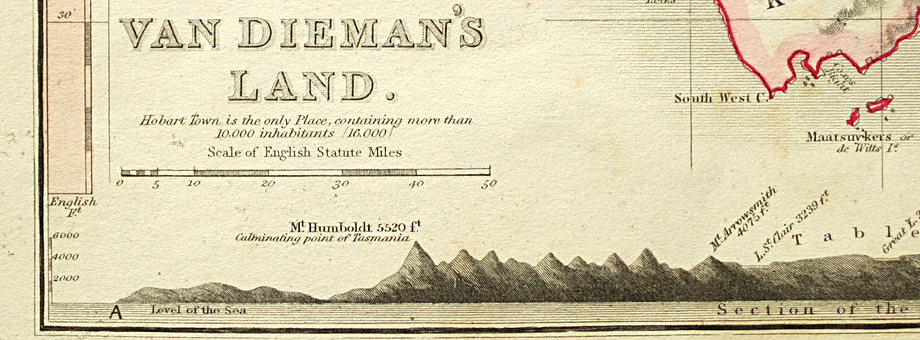For more than eighteen months now, Eat This Podcast has been chugging along nicely, proving to myself that I can keep it fed and, I hope, keep listeners entertained. In that time, I’ve done very little to promote it, and although I’d prefer word of mouth to work its magic, I also recognise that I have to put my own mouth to use, as it were. In addition, all that has ever appeared on this website have been the actual podcasts and the show notes associated with each of them.
That’ll keep things pure, I thought.
Actually, though, it has been a bit of a straitjacket. I want to be able to point to other interesting podcasts about food. And, something that was brought home to me forcefully while I was editing a recording a few weeks ago, I want a way to share snippets that don’t fit in the main show, because they are worth hearing in their own right and also as little trailers for the longer shows.
The site’s design, however, made that a bit difficult. Now, after a bit of code-wrangling on my own account and with a lot of help from my friends, I think I’ve cracked it. There’s a new section, called Extra Matter, which houses trailers and posts, like this one, that don’t have any audio.
If you subscribe via iTunes or a podcatcher app, then the trailers will pop up automagically. No further action required. Subscribers to the email news might not get notice of trailers. I’m weighing the options. Is it worth a short email for a short piece of audio? Probably …
If you’re not already a subscriber, this will take you straight to iTunes and this will take you to the newsletter sign-up.
If you are, how about a little of that word of mouth stuff? Feel free to share with a friend.
Finally, another change that will keep you in touch: a Twitter account. Traffic will be low, so come along and follow me there.
That’ll do for now. As ever, I’d be delighted to receive any feedback you wish to offer. Details at the Get in Touch page.

 It is so easy to forget that very few people know anything about plant breeding and how vital it is to having enough to eat. The time it takes, and the resources it needs — financial, genetic, human — are just not something most people know about. No wonder, then, that many people don’t quite grasp the urgency with which we need to get cracking now to breed crops adapted to predicted climate conditions.
It is so easy to forget that very few people know anything about plant breeding and how vital it is to having enough to eat. The time it takes, and the resources it needs — financial, genetic, human — are just not something most people know about. No wonder, then, that many people don’t quite grasp the urgency with which we need to get cracking now to breed crops adapted to predicted climate conditions. 
 Citrus, thanks to what writer Helena Attlee calls their great “suggestibility,” confound the botanist and the shopper alike. What is the difference between a clementine and a mandarin? That was one of the few questions I didn’t ask Helena Attlee when we met recently to talk about citrus in Italy, the subject of her new book
Citrus, thanks to what writer Helena Attlee calls their great “suggestibility,” confound the botanist and the shopper alike. What is the difference between a clementine and a mandarin? That was one of the few questions I didn’t ask Helena Attlee when we met recently to talk about citrus in Italy, the subject of her new book 
 What better to do with a surplus rooster than turn him into a delicious meal. And share the process. Stir-fries, curries, Ethiopian wats, loaves of bread: John Grosvenor, a software developer, posts delectable images of much of his cooking on the social net ADN. That’s where I got to know him, and as we exchanged messages it became pretty clear that we were on more or less the same culinary wavelength. Never one to miss an opportunity to have my biasses confirmed, I thought it would be fun to talk to John in a bit more depth about his approach to cooking.
What better to do with a surplus rooster than turn him into a delicious meal. And share the process. Stir-fries, curries, Ethiopian wats, loaves of bread: John Grosvenor, a software developer, posts delectable images of much of his cooking on the social net ADN. That’s where I got to know him, and as we exchanged messages it became pretty clear that we were on more or less the same culinary wavelength. Never one to miss an opportunity to have my biasses confirmed, I thought it would be fun to talk to John in a bit more depth about his approach to cooking.